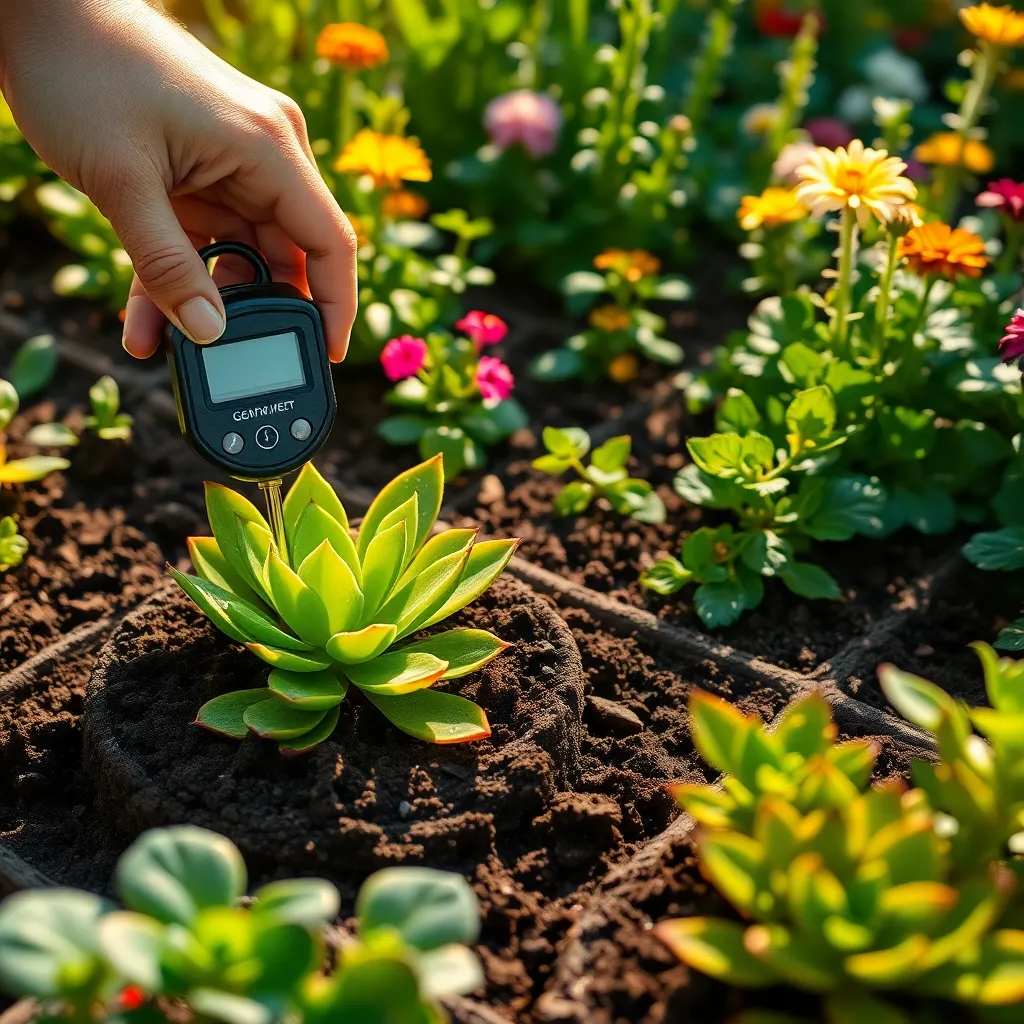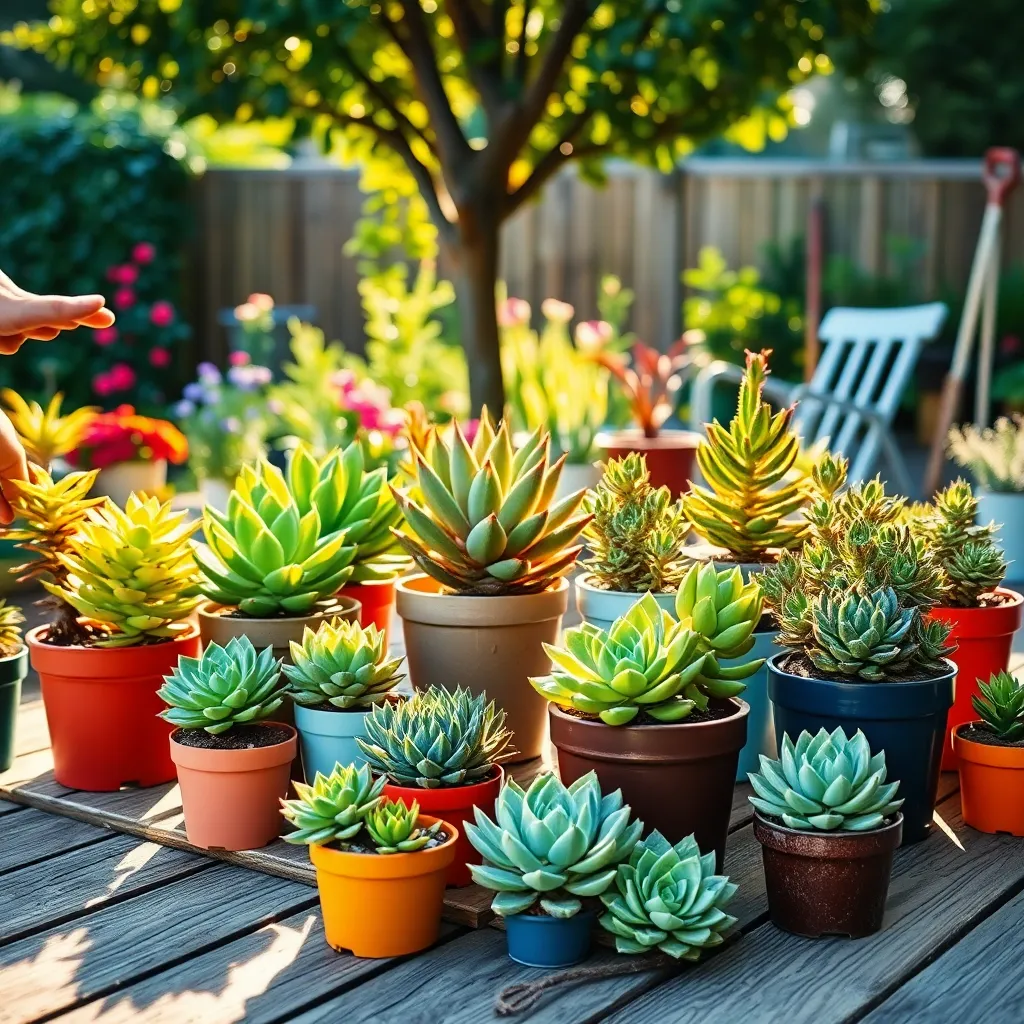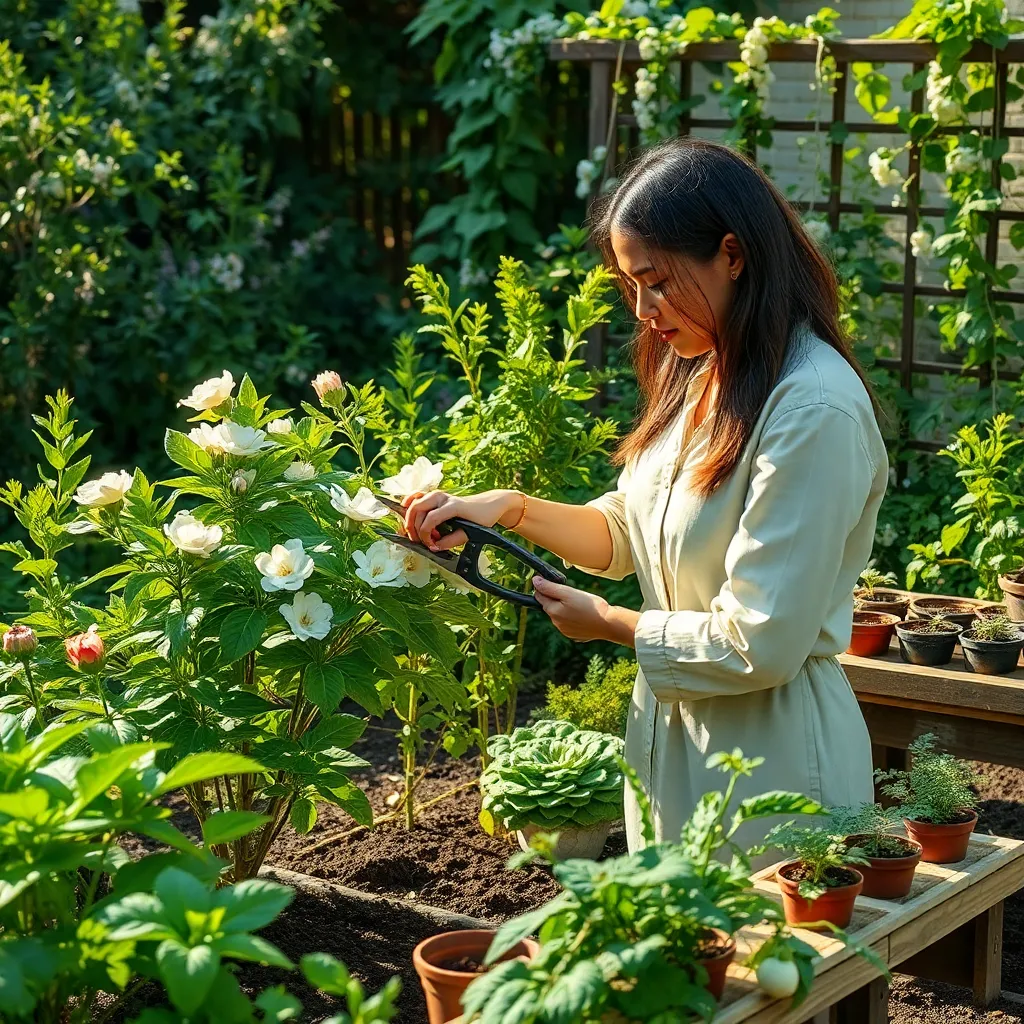Welcome to “Easy Plant Care Tips for Beginners,” where the world of indoor gardening unfolds with simplicity and joy. Whether you’re just starting your green journey or you’re a seasoned gardener looking to refresh your indoor oasis, this guide is your trusty companion in nurturing vibrant, thriving plants right in the comfort of your home.
In this carefully curated list, we’ve selected plants that are as forgiving as they are beautiful, ensuring that every gardener can experience the thrill of success. These tips are designed to transform your space with lush greenery while making plant care a breeze, providing not just aesthetic beauty but also the mental and physical benefits of indoor gardening.
Dive into this guide and discover how easy it is to cultivate a thriving indoor garden filled with vitality and life. By mastering these straightforward techniques, you’ll gain confidence and reap the rewards of seeing your plants flourish, enriching your home and your spirit with every new leaf.
Choose Low-Maintenance Plant Varieties

For beginners looking to keep gardening simple and rewarding, selecting low-maintenance plants is key. These plants require minimal care, allowing you to enjoy greenery without the stress of constant upkeep.
Consider starting with succulents, which are perfect for those new to gardening. They thrive in well-draining soil and require watering only when the soil is completely dry, typically every two to three weeks.
Herbs like mint and rosemary are also excellent choices, as they are both hardy and useful in the kitchen. Plant them in containers or garden beds with good drainage, and they’ll flourish with just a few hours of sunlight each day.
For those interested in flowering plants, marigolds are a fantastic low-maintenance option. These vibrant blooms are drought-tolerant and can be planted in most soil types, needing just occasional watering to stay healthy.
Test Soil Moisture Before Watering

Understanding when to water your plants is crucial for their health and growth. To determine if your plants need watering, it’s important to test the soil moisture before reaching for the watering can.
One simple method is to insert your finger about an inch into the soil. If it feels dry at that depth, it’s time to water; if it’s moist, you can wait a day or two before checking again.
For a more precise approach, consider using a moisture meter. These handy devices provide a quick and accurate reading of soil moisture levels, helping you avoid overwatering, which is a common issue for beginners.
Different plants have unique moisture needs, so it’s essential to know the specific requirements of each plant type. For instance, succulents prefer drier soil conditions, while ferns thrive with more consistent moisture.
In addition to regular checks, be mindful of seasonal changes that may affect watering frequency. During hot summer months, soil can dry out more quickly, necessitating more frequent watering sessions compared to the cooler, wetter seasons.
Position Plants for Optimal Sunlight

Properly positioning your plants can make a significant difference in their growth and health. Most plants require sunlight, but the amount and intensity can vary greatly between species. Understanding the specific light needs of your plants is essential. For instance, succulents and cacti thrive in direct sunlight, while ferns and hostas prefer shadier spots.
Before planting, observe the sunlight patterns in your garden throughout the day. This will help you identify areas that receive full sun, partial shade, or full shade. Full sun areas receive at least six hours of direct sunlight per day, making them ideal for sun-loving plants like tomatoes and peppers.
For beginner gardeners, an easy way to remember is to place sun-loving plants on the south or west sides of your home. These areas typically receive the most sunlight throughout the day. Conversely, shade-tolerant plants should be placed on the north or east sides, where they are protected from the harsh afternoon sun.
Advanced gardeners might consider using reflective surfaces to increase light exposure in shadier areas. Aluminum foil or white-painted surfaces can reflect light onto plants, enhancing growth. Additionally, using a light meter can help you precisely measure the light levels your plants are receiving, ensuring optimal placement and care.
Prune Regularly to Promote Growth

Regular pruning is an essential practice that encourages healthy growth in plants. By removing dead or overgrown branches, you allow your plants to direct their energy towards developing new shoots and blooms.
For beginners, start by identifying the parts of the plant that are damaged or diseased. Using clean, sharp tools helps prevent infections and ensures a clean cut, which is crucial for plant recovery.
It’s important to prune at the right time of year, as this can vary between plant species. For instance, many flowering plants benefit from pruning in late winter or early spring, just before new growth begins.
Advanced gardeners might consider specific techniques such as pinching or deadheading to further promote bushier growth. Pinching involves removing the tips of young shoots to encourage branching, while deadheading is the practice of removing spent flowers to stimulate more blooms.
Some plants, like roses, thrive when pruned regularly, responding with vigorous growth and more abundant flowers. Always check the specific requirements and pruning schedules for each type of plant in your garden to ensure you’re providing the best care possible.
Fertilize Monthly with Balanced Nutrients

Giving your plants a monthly boost with balanced nutrients can significantly enhance their growth and vitality. It’s essential to use a balanced fertilizer, such as a 10-10-10 or 20-20-20 mix, which provides an equal ratio of nitrogen, phosphorus, and potassium.
When applying fertilizer, ensure the soil is moist to prevent root burn, which can occur if the fertilizer is applied to dry soil. This practice allows nutrients to be absorbed more efficiently, thus promoting healthier plant development.
For container plants, consider using a water-soluble fertilizer, which can be easily mixed with water and applied during regular watering sessions. This method ensures that nutrients reach the roots quickly, supporting robust growth in a confined space.
Advanced gardeners might explore slow-release fertilizers, which provide a steady supply of nutrients over time, reducing the need for frequent applications. By integrating these fertilizing strategies, you can maintain lush, thriving plants throughout the growing season.
Conclusion: Growing Success with These Plants
In nurturing both your plant and personal relationships, patience, attention, communication, boundaries, and growth are the roots of success. First, embrace patience as relationships, like plants, flourish over time. Second, give attention consistently to understand and cater to the unique needs of your partner. Third, foster open communication to resolve conflicts and deepen connections. Fourth, respect boundaries to ensure a healthy balance of individuality and togetherness. Lastly, cherish growth, both personal and relational, as the ultimate goal of any partnership.
To put this into practice today, take a moment to share a thoughtful gesture with your loved one or engage in a meaningful conversation that strengthens your bond. Bookmark this article to revisit these insights whenever you feel the need for a relationship refresher or inspiration.
Remember, every small step you take today can lead to a thriving relationship tomorrow. With dedication and the right care, your relationship will not only survive but truly thrive. Save this guide as your go-to resource on the journey to a successful partnership. Let’s cultivate a future where your love, like a well-tended plant, grows stronger and more vibrant with each passing day.
